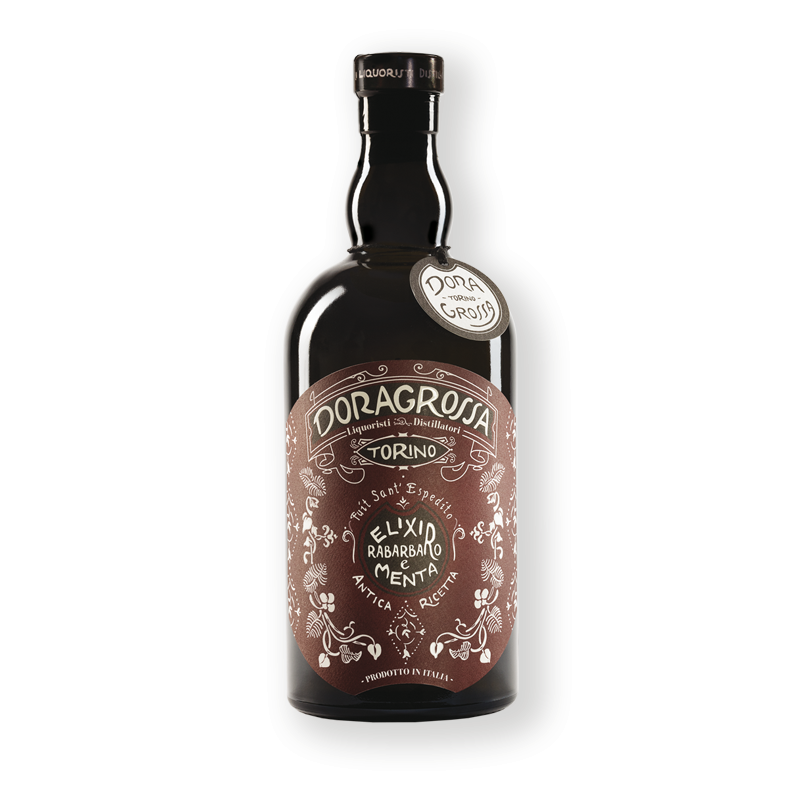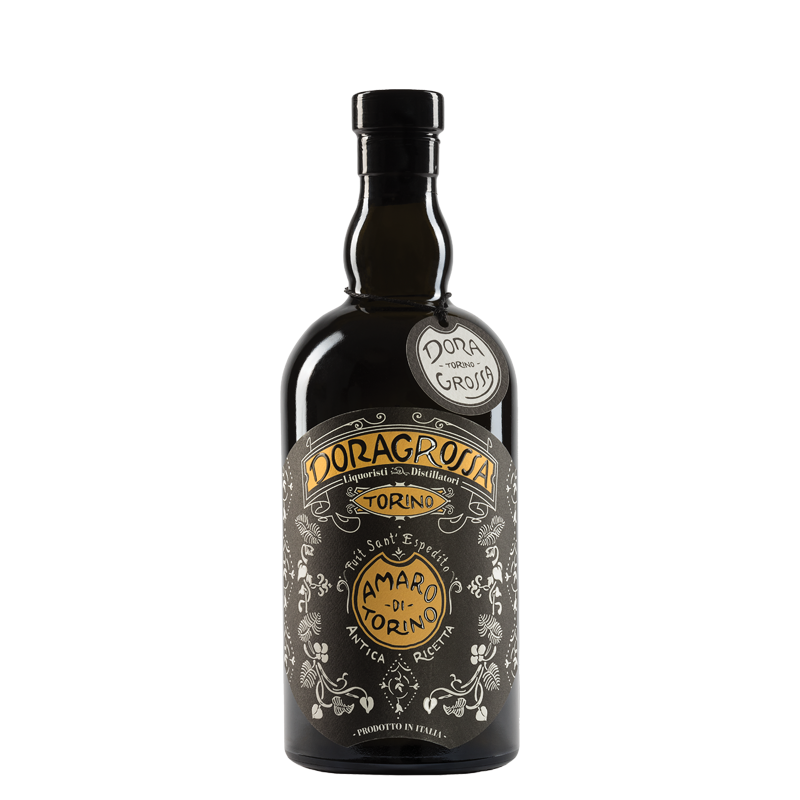Origins and History
The history of amaro dates back to ancient times, with roots in medicinal elixirs made by monks, alchemists, and pharmacists. These early versions were crafted using herbs, roots, and spices believed to have healing properties. By the 19th century, amari evolved from medicinal concoctions to popular beverages enjoyed across Italy, each region developing its own distinct recipes and styles.
Production and Ingredients
The production of amaro involves infusing a neutral spirit or wine with a blend of botanicals, which can include herbs, roots, flowers, bark, citrus peels, and spices. Common ingredients used in amaro recipes are gentian root, rhubarb, cardamom, saffron, citrus zest, myrrh, and juniper. Wormwood, a key ingredient in vermouth and absinthe, is also frequently used.
Each amaro has a unique recipe that is closely guarded by its producer. The botanicals are macerated in alcohol, and the mixture is then sweetened with sugar or honey to balance the bitterness. Some amari are aged in wooden casks to develop a deeper flavor, while others are bottled immediately to preserve their fresh, herbal qualities.
Types of Amaro
Amari can vary widely in flavor, bitterness, and sweetness. They are generally categorized by their style, which is often tied to the region of origin:
Light Amaro: These are lighter in color and bitterness, often consumed as an aperitif. Examples include Aperol and Doragrossa Aperitivo, which have a sweet, citrus-forward profile with a gentle bitterness.
Medium Amaro: These have a balanced profile, with noticeable bitterness but still a fair amount of sweetness. Examples include Amaro Montenegro and Doragrossa Bitter, which offer complex herbal and spice notes with moderate bitterness.
Bitter Amaro: These are darker and more intense, with a pronounced bitter flavor that is less sweet. Examples include Fernet-Branca and Amaro Ramazzotti, known for their bold, intense flavors and higher alcohol content.
Uses and Serving
Amaro is typically served neat or on the rocks as a digestif, but it has also become popular in cocktails for adding depth and complexity. Classic cocktails that feature amaro include the Black Manhattan, the Negroni variation known as the Boulevardier, and the Paper Plane. The versatility of amaro makes it suitable for sipping or mixing, appealing to both purists and modern mixologists.
Storage
Amaro should be stored in a cool, dark place. While it doesn’t spoil quickly due to its high alcohol content and sugar, its flavor can change over time once opened. It’s best enjoyed within a year of opening to preserve its vibrant taste.
Overall, amaro is a versatile and intriguing category of liqueurs, celebrated for its diverse range of flavors, from sweet and citrusy to intensely bitter, making it a unique addition to any cocktail enthusiast's repertoire.




